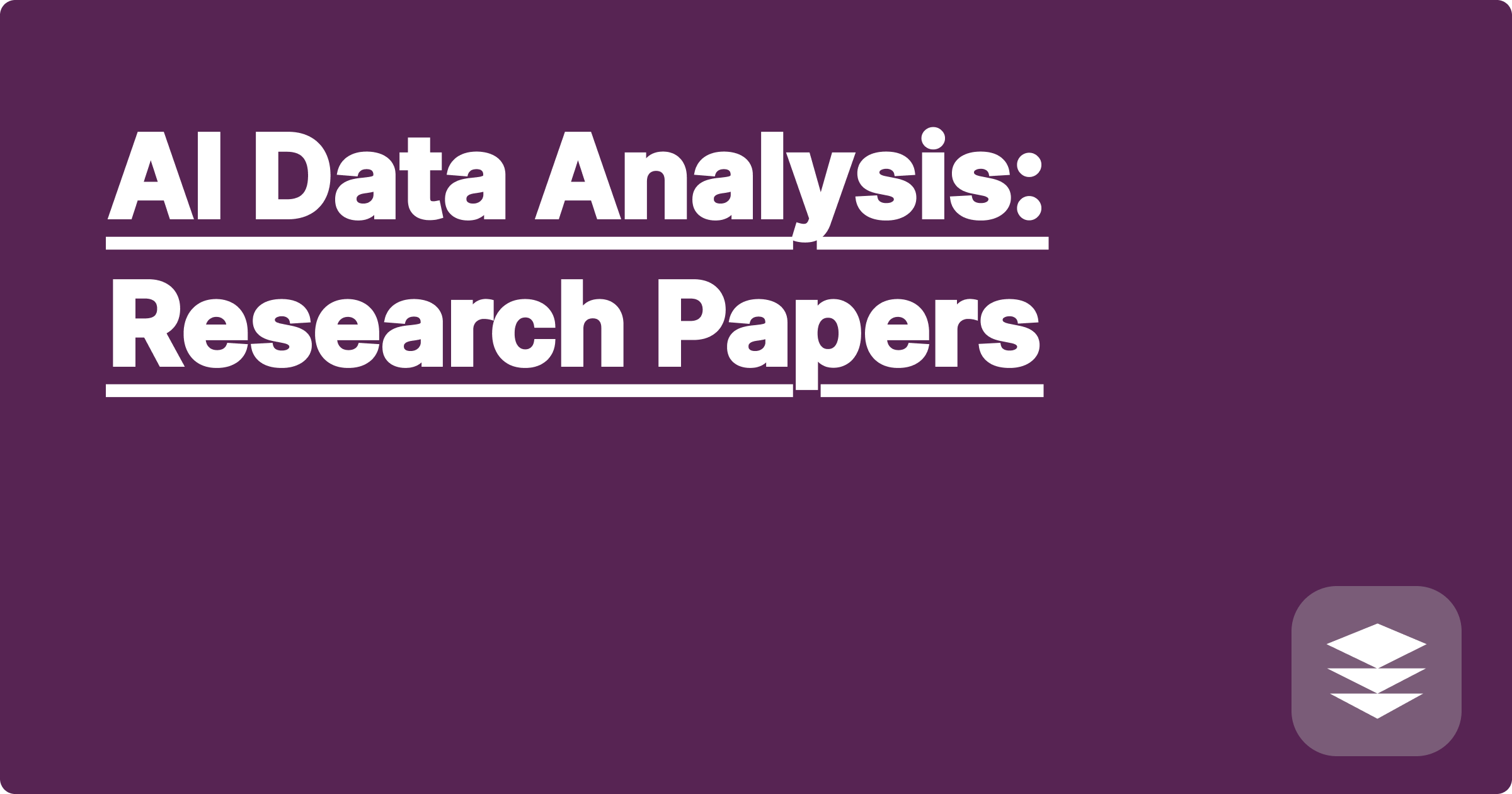
The sheer volume of research papers published daily in STEM fields presents a significant challenge for students and researchers. Staying up-to-date with the latest discoveries, identifying relevant studies, and extracting meaningful insights from dense technical literature can feel overwhelming. Artificial intelligence offers a powerful set of tools to navigate this complex landscape, enabling more efficient and effective research practices. AI-powered data analysis can streamline literature reviews, identify research gaps, and even assist in formulating new hypotheses, ultimately accelerating the pace of scientific discovery.
For STEM students and researchers, mastering these AI-driven approaches is no longer optional but essential for remaining competitive. The ability to leverage AI for data analysis can significantly enhance research productivity, enabling deeper insights and faster progress. This blog post explores how AI tools like ChatGPT, Claude, and Wolfram Alpha can be integrated into the research workflow, empowering students and researchers to effectively analyze research papers and unlock the full potential of existing scientific knowledge.
The specific STEM challenge addressed here is the efficient and effective analysis of a large corpus of research papers. Traditionally, this involves manually reading through numerous articles, taking notes, and synthesizing information, a time-consuming and often tedious process. Furthermore, identifying connections and patterns across a vast body of literature can be challenging, potentially leading to overlooked insights and missed opportunities. The technical background involves natural language processing (NLP), a branch of AI that focuses on enabling computers to understand, interpret, and manipulate human language. AI models trained on massive datasets of text and code can be used to analyze research papers, extracting key information, summarizing content, and even identifying relationships between different studies.
AI tools offer a powerful solution to the challenge of analyzing research papers. ChatGPT and Claude, for example, can be used to summarize articles, extract key findings, and even generate questions for further investigation. Wolfram Alpha can be leveraged for analyzing numerical data within papers, performing complex calculations, and visualizing results. By combining these tools, researchers can create a comprehensive workflow for analyzing research papers, significantly reducing manual effort and increasing the depth of analysis.
The process begins by gathering the relevant research papers. This can involve using databases like PubMed, IEEE Xplore, or arXiv to search for articles based on keywords or topics. Once a set of papers is collected, they can be inputted into an AI tool like ChatGPT or Claude. The next step is to define the specific tasks for the AI. This might involve asking the AI to summarize each paper, identify the main findings, or extract specific data points. The AI will then process the papers and provide the requested output. For quantitative analysis, Wolfram Alpha can be used to process numerical data extracted from the papers. Finally, the results from the AI tools can be synthesized and analyzed to draw conclusions and identify trends.
Consider a researcher studying the effectiveness of different cancer treatments. They could use ChatGPT to analyze a collection of clinical trial papers, asking the AI to extract data on patient outcomes for each treatment group. The extracted data could then be inputted into Wolfram Alpha to calculate statistical significance and visualize the results in a graph. Another example involves a student researching the history of a specific scientific concept. They could use Claude to summarize a collection of historical papers, tracing the evolution of the concept over time. The AI could also be used to identify key figures and their contributions to the field. For instance, a formula like F = ma could be analyzed using Wolfram Alpha to explore its implications in different physical scenarios. Code snippets from research papers can be analyzed using ChatGPT to understand their functionality and potential applications.
Effectively using AI in STEM research requires a strategic approach. It's crucial to understand the strengths and limitations of each AI tool. ChatGPT and Claude excel at text analysis and summarization, while Wolfram Alpha is best suited for numerical and symbolic computations. Researchers should also be mindful of potential biases in AI models and critically evaluate the output generated. Furthermore, it's important to remember that AI is a tool to augment, not replace, human intellect. The insights generated by AI should be carefully reviewed and interpreted within the context of existing knowledge. Proper citation of AI tools used in the research process is also essential for maintaining academic integrity.
Concluding, the integration of AI into research workflows represents a paradigm shift in STEM fields. By leveraging the power of AI tools like ChatGPT, Claude, and Wolfram Alpha, students and researchers can dramatically improve their efficiency and gain deeper insights from the vast body of scientific literature. Embracing these technologies is not just about keeping up with the latest trends; it's about unlocking new possibilities for scientific discovery and accelerating the pace of innovation. Begin exploring these AI tools today and discover how they can transform your research journey.
AI Homework Help: STEM Made Easy
Ace STEM Exams: AI Study Guide
AI for Lab Reports: Data Analysis
AI: Your Coding Homework Helper
AI Flashcards: Master STEM Concepts
AI Simulation: Engineering Projects
AI Math Solver: Conquer Calculus